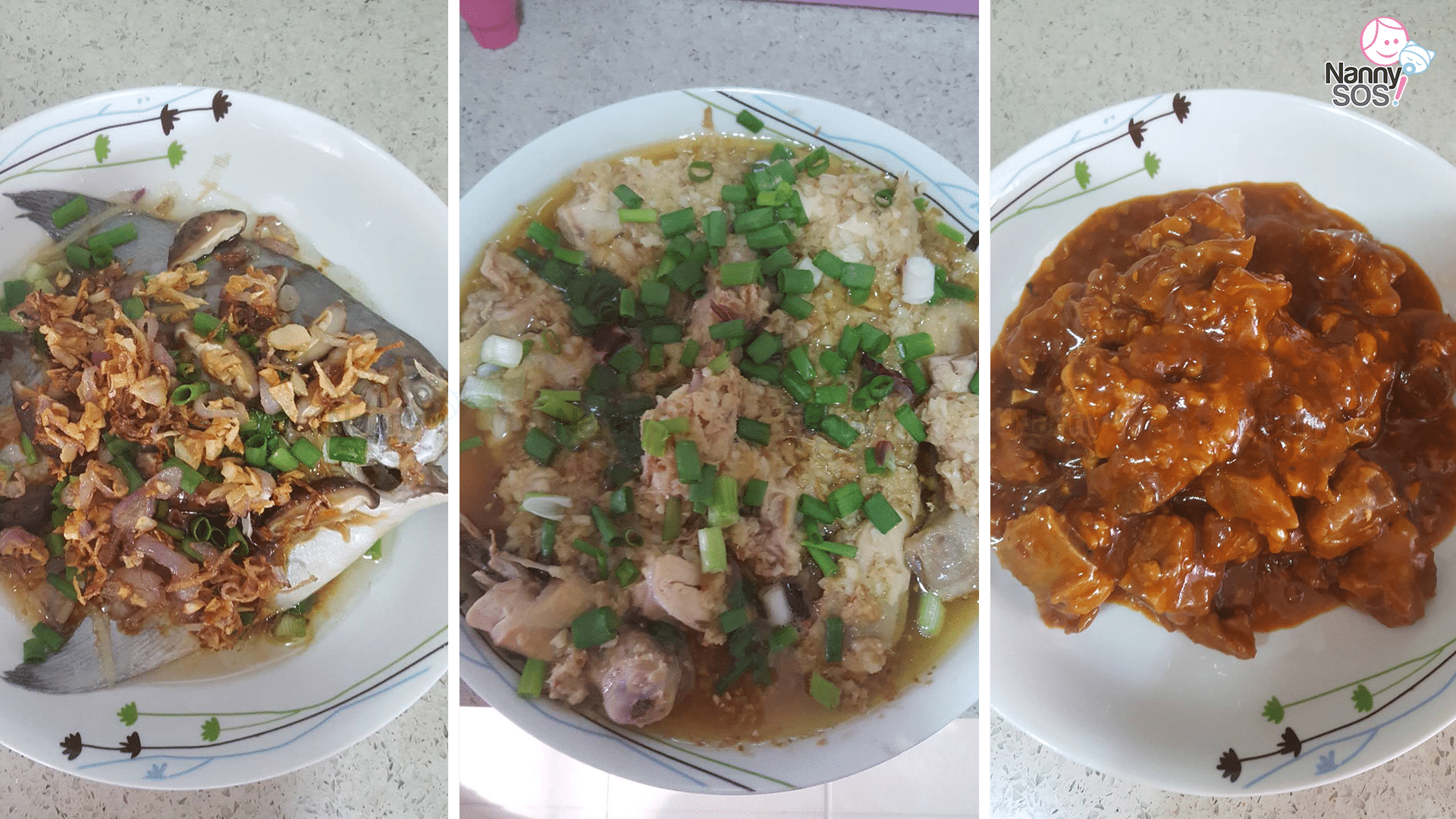1. Nutrition
The best approach to nutrition while breast-feeding is not unlike the best approach at other times in your life. Eat a healthy, balanced diet. There are no special foods to avoid when you are breast-feeding. However, you may find it helpful to limit certain foods that can show up in breast milk if you feel your baby doesn’t tolerate them well. In addition, drink 6 to 8 cups of fluids each day. Water, milk and juice are good choices. Red date teas are commonly recommended for mummies during their confinement period in Chinese traditions. As a new mother, it can be hard to prepare healthy meals each day so you can consider confinement food catering instead. Fathers or confinement nanny can help support a breast-feeding mother by bringing her refreshments while she’s nursing.
2. Rest
Try to get as much rest as you can. You will feel more energetic, eat better and enjoy your new baby best when rested. Rest promotes the production of breast milk by enhancing the production of milk producing hormones. The soothing effect of breast feeding can make you sleepy so try and sleep on baby’s schedule.
3. Breastfeeding
As you start to breast feed, you may experience some minor, occasional problems such as fullness of breast or breast infection which can be easily treated.
Nipple Discomfort.
When you first begin breast feeding, you may experience some initial nipple discomfort as baby latches on, but the discomfort should subside as your baby feeds. Sore or cracked nipples are usually caused by incorrect positioning and latching. At each feeding, you want to make sure that the baby has the areola and not just the nipple in his or her mouth. You also want to be certain that the baby’s head is not out of line with his or her body. This position causes pulling at the nipple.
To care for your nipples, express milk onto your nipples and let them air dry after each feeding. You don’t need to wash your nipples after nursing. There are built-in lubricants around the areola that provide a natural salve. Soap and water with daily bathing is fine. Afterward, let your nipples air-dry.
Blocked Milk Ducts.
Sometimes, milk ducts in the breast become clogged, causing milk to back up. Blocked ducts can be felt through the skin as small, tender lumps or larger areas of hardness. Because blocked ducts can lead to an infection, you should treat the problem right away.
The best way to open up blocked ducts is to let your baby empty the affected breast, offering that breast first at each feeding. If your baby does not empty the affected breast, express milk from it by hand or by breast pump. It may also help to apply a warm compress before nursing and to massage the affected breast. If the problem does not go away with self-treatment, call a lactation consultant or your care provider for advice.

